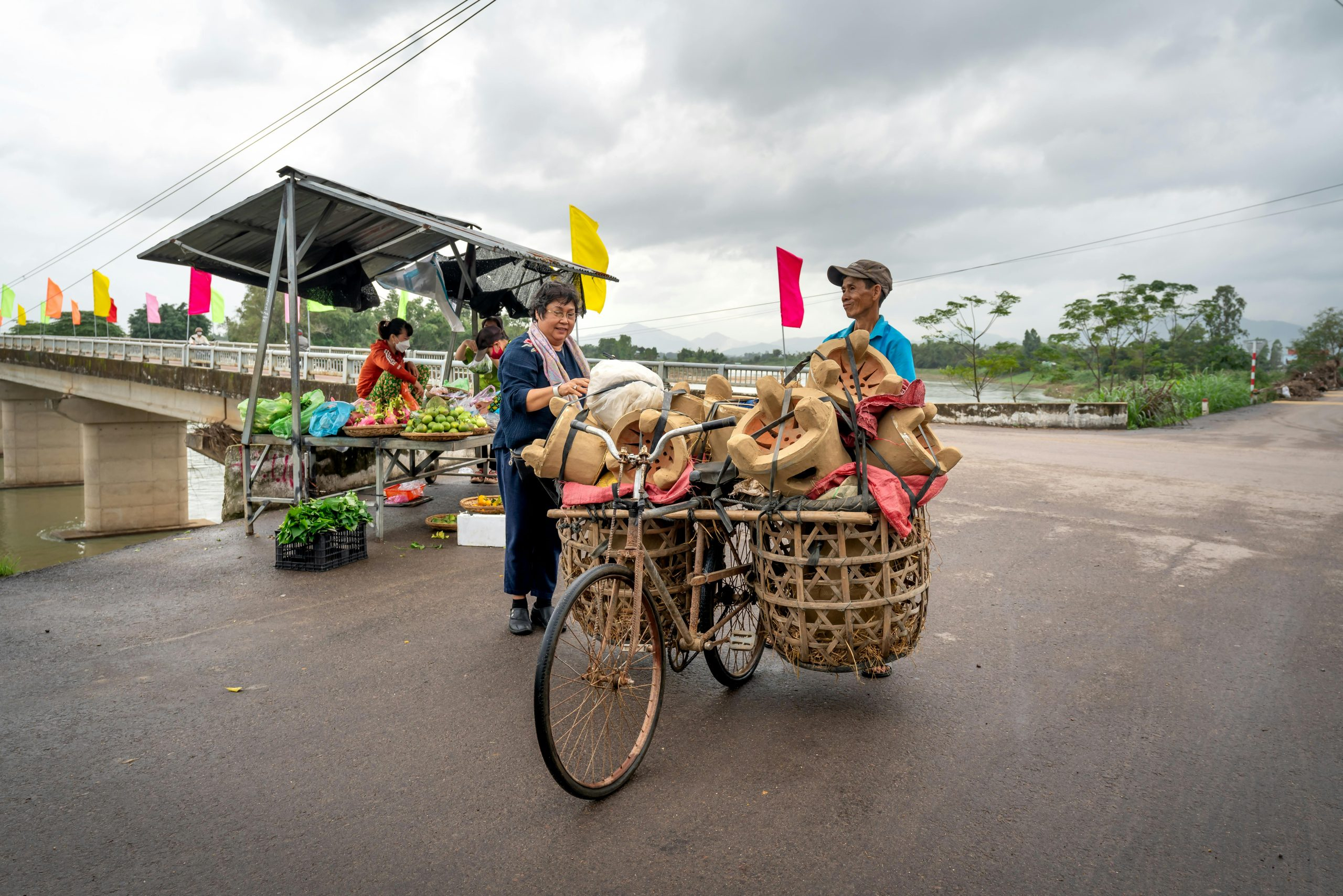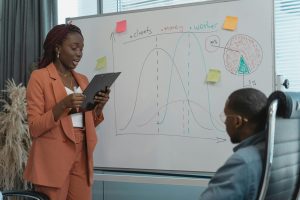Preparing Students for the Green Economy
The world is slowly but surely transitioning towards a more environmentally conscious and sustainable economy. With the increasing awareness of the devastating effects of climate change, there is a growing demand for jobs in the green economy. As a result, it has become imperative for educators to prepare students for the future of work in the green economy. Students must be equipped with the necessary knowledge and skills to thrive in this new job market. In this article, we will explore the importance of preparing students for the green economy and discuss some ways educators can do so effectively.
The Rise of the Green Economy
The green economy refers to an economic system that aims to reduce environmental risks and preserve natural resources while promoting economic growth and sustainable development. It includes sectors such as renewable energy, sustainable agriculture, energy-efficient buildings, and waste management. According to the Global Green Growth Institute, the green economy is expected to create 24 million new jobs by 2030. This means that students who are well-trained and knowledgeable in this field will have a competitive edge in the job market.
The Importance of Preparing Students for the Green Economy
1. Meeting the Demand for Skilled Workers
As the green economy continues to grow, there will be a significant demand for skilled workers in various fields. These jobs will require a different set of skills and knowledge compared to traditional jobs. Therefore, it is crucial for students to be exposed to these skills and knowledge early on in their academic journey. This will not only prepare them for the future job market but also equip them with the tools to contribute towards a more sustainable future.
2. Creating a More Inclusive Workforce
The green economy offers a diverse range of job opportunities for people from all backgrounds. This means that preparing students for the green economy can promote diversity and inclusivity in the workforce. By providing equal access to education and training in this field, we can create a more inclusive and equitable society.
3. Fostering Innovation and Critical Thinking
The green economy is constantly evolving and requires innovative solutions to address complex environmental issues. By preparing students for the green economy, we are fostering their creativity and critical thinking skills, which will be essential for developing innovative and sustainable solutions in the future.
4. Instilling a Sense of Responsibility
Preparing students for the green economy also involves educating them on the importance of environmental sustainability. As future leaders, it is crucial for students to understand their role in shaping a greener and more sustainable world. By instilling a sense of responsibility in students, we can create a generation of environmentally conscious individuals.
Ways to Prepare Students for the Green Economy
1. Integrate Sustainability into the Curriculum
One of the most effective ways to prepare students for the green economy is by incorporating sustainability into the curriculum. This can be done by introducing courses on environmental science, renewable energy, and sustainable development. Teachers can also incorporate sustainability into existing subjects such as math, science, and economics to give students a comprehensive understanding of the green economy.
2. Encourage Experiential Learning
Experiential learning techniques, such as field trips and hands-on projects, can help students gain practical knowledge and skills in the green economy. For instance, taking students to visit a solar energy plant or organizing a waste management project can give them a better understanding of these topics. This type of learning can also make the subject more engaging and memorable for students.
3. Collaborate with Industry Experts
Educators can also collaborate with industry experts to give students a realistic view of the green economy. This can involve inviting guest speakers from sustainable companies or organizing workshops with professionals in the field. Such interactions can provide students with valuable insights into the industry and help them build connections for future career opportunities.
4. Incorporate Technology
Technology has a significant role to play in the green economy. Therefore, it is crucial for students to be familiar with the latest technological advancements. Educators can incorporate technology in their teaching methods, such as using virtual reality to show students how renewable energy works or having students use energy-efficient tools and software for their projects.
Conclusion
The green economy is the future, and it is crucial for educators to prepare students for it. By understanding the importance of the green economy and implementing effective teaching methods, we can equip students with the necessary knowledge and skills to thrive in this job market. Educators have the power to shape the next generation of environmentally conscious and responsible individuals who will contribute towards a more sustainable future.











